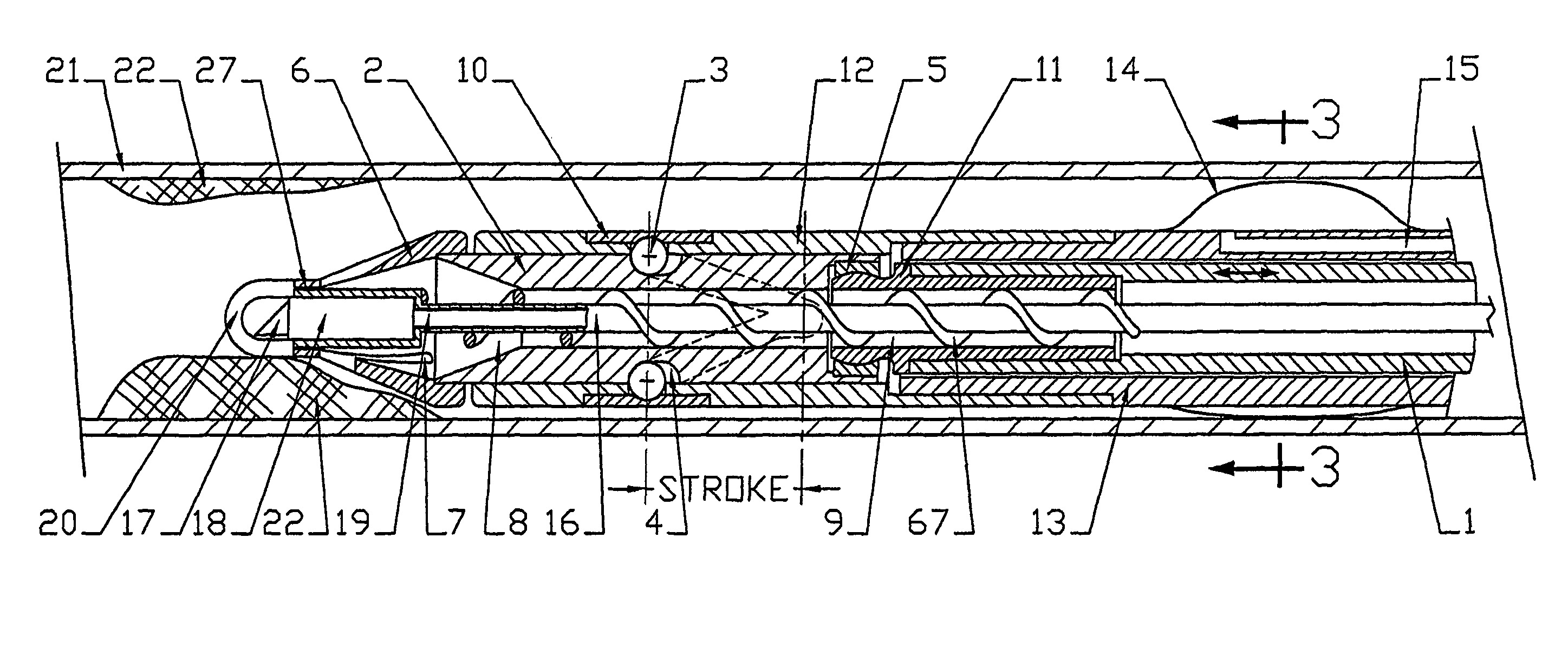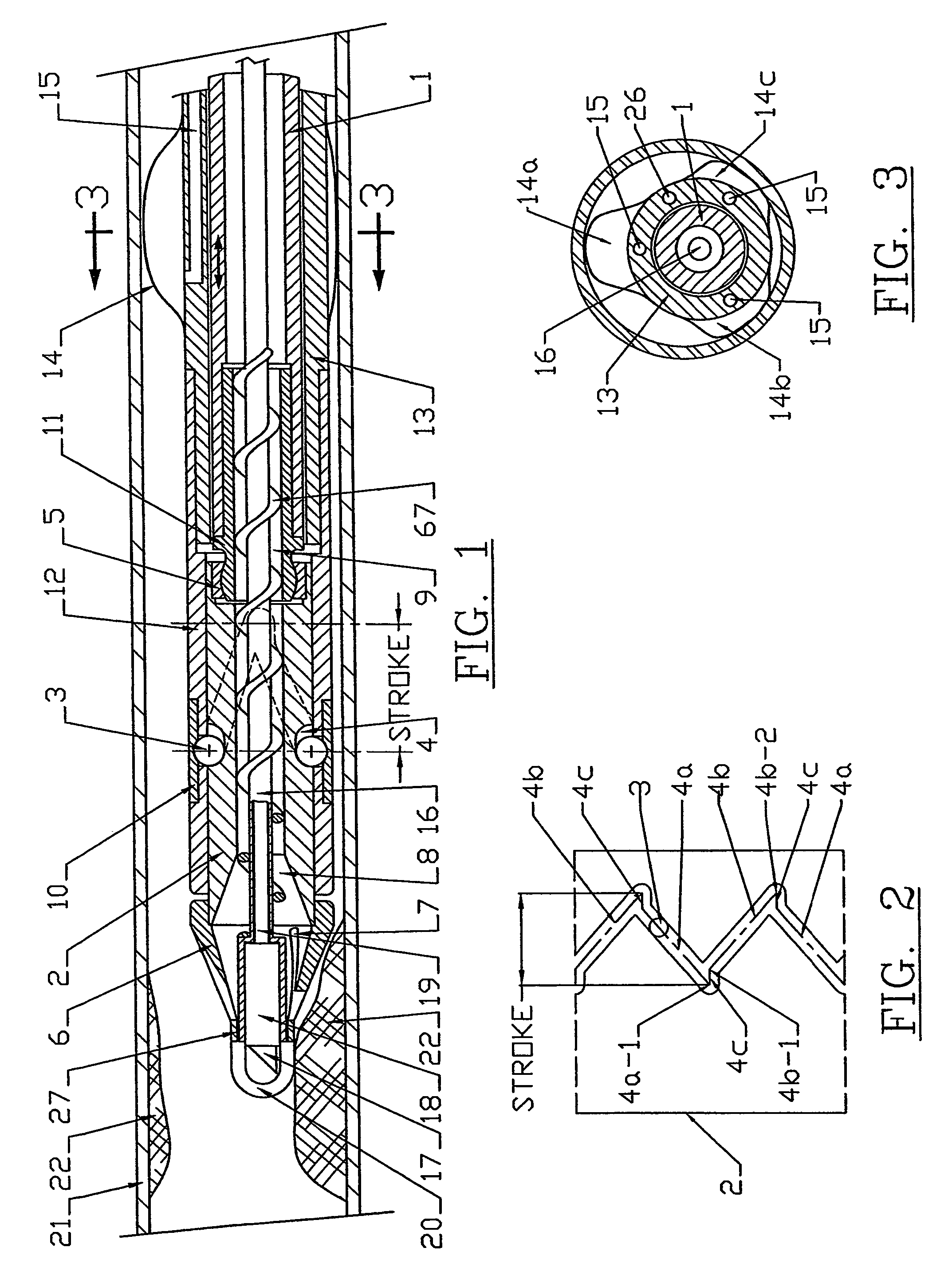Atherectomy system with imaging guidewire
a technology of atherectomy and guidewire, which is applied in the direction of catheter, application, diagnostic recording/measuring, etc., can solve the problems of heart attack, severe restriction, and pain in the ches
- Summary
- Abstract
- Description
- Claims
- Application Information
AI Technical Summary
Benefits of technology
Problems solved by technology
Method used
Image
Examples
Embodiment Construction
[0112]The present invention is of surgical systems and methods of use thereof which can be used to increase blood flow in a lumen of a blood vessel in a way which minimizes the risk of damage to surrounding portions of the vessel wall.
Specifically, the present invention can be used to provide improved computerized control for operation of atherectomy instruments which results in improved methods for intravascular surgery.
[0113]The principles and operation of methods and systems according to the present invention may be better understood with reference to the drawings and accompanying descriptions.
[0114]Before explaining at least one embodiment of the invention in detail, it is to be understood that the invention is not limited in its application to the details of construction and the arrangement of the components set forth in the following description or illustrated in the drawings. The invention is capable of other embodiments or of being practiced or carried out in various ways. A...
PUM
 Login to View More
Login to View More Abstract
Description
Claims
Application Information
 Login to View More
Login to View More - R&D
- Intellectual Property
- Life Sciences
- Materials
- Tech Scout
- Unparalleled Data Quality
- Higher Quality Content
- 60% Fewer Hallucinations
Browse by: Latest US Patents, China's latest patents, Technical Efficacy Thesaurus, Application Domain, Technology Topic, Popular Technical Reports.
© 2025 PatSnap. All rights reserved.Legal|Privacy policy|Modern Slavery Act Transparency Statement|Sitemap|About US| Contact US: help@patsnap.com



